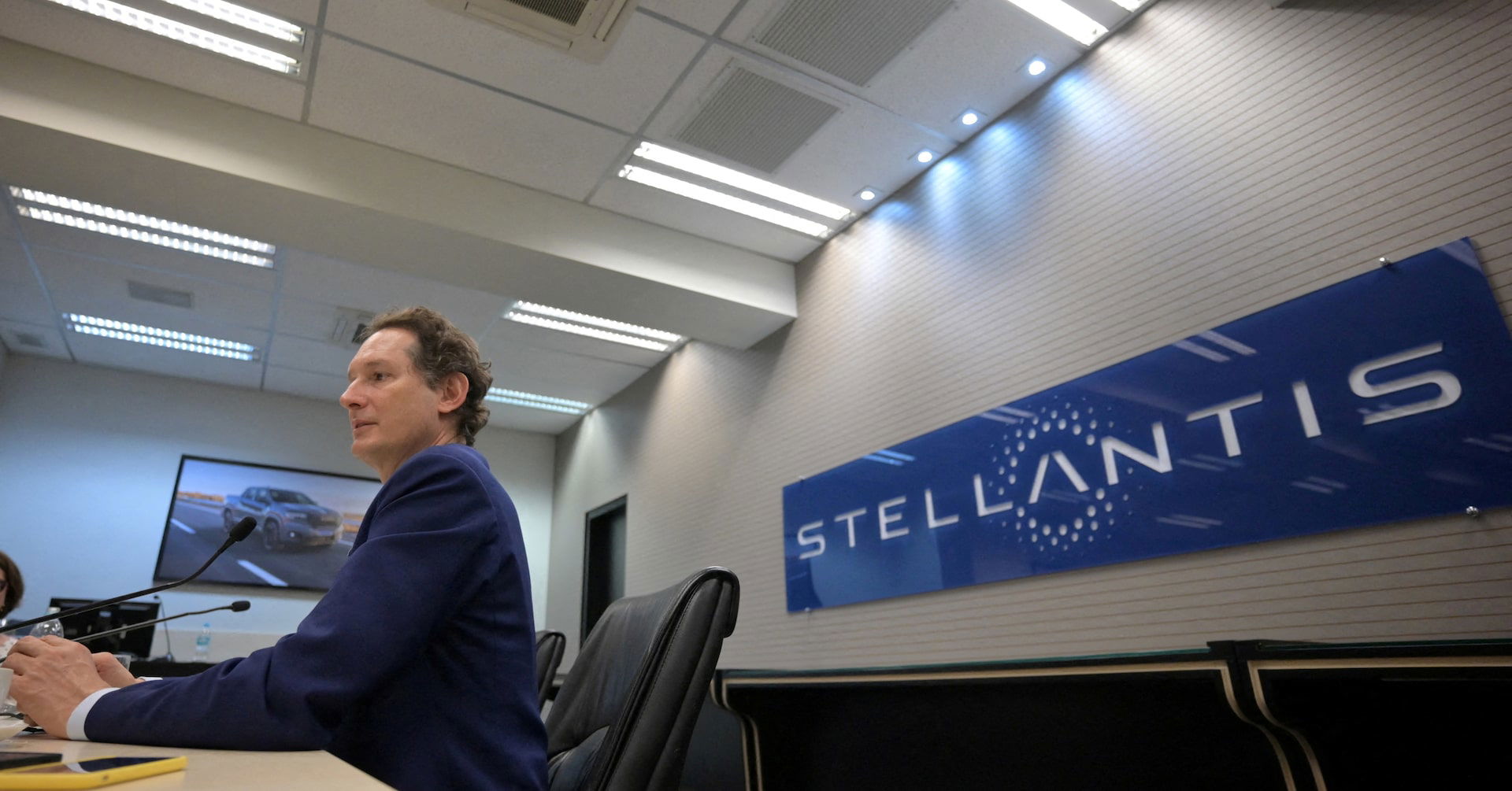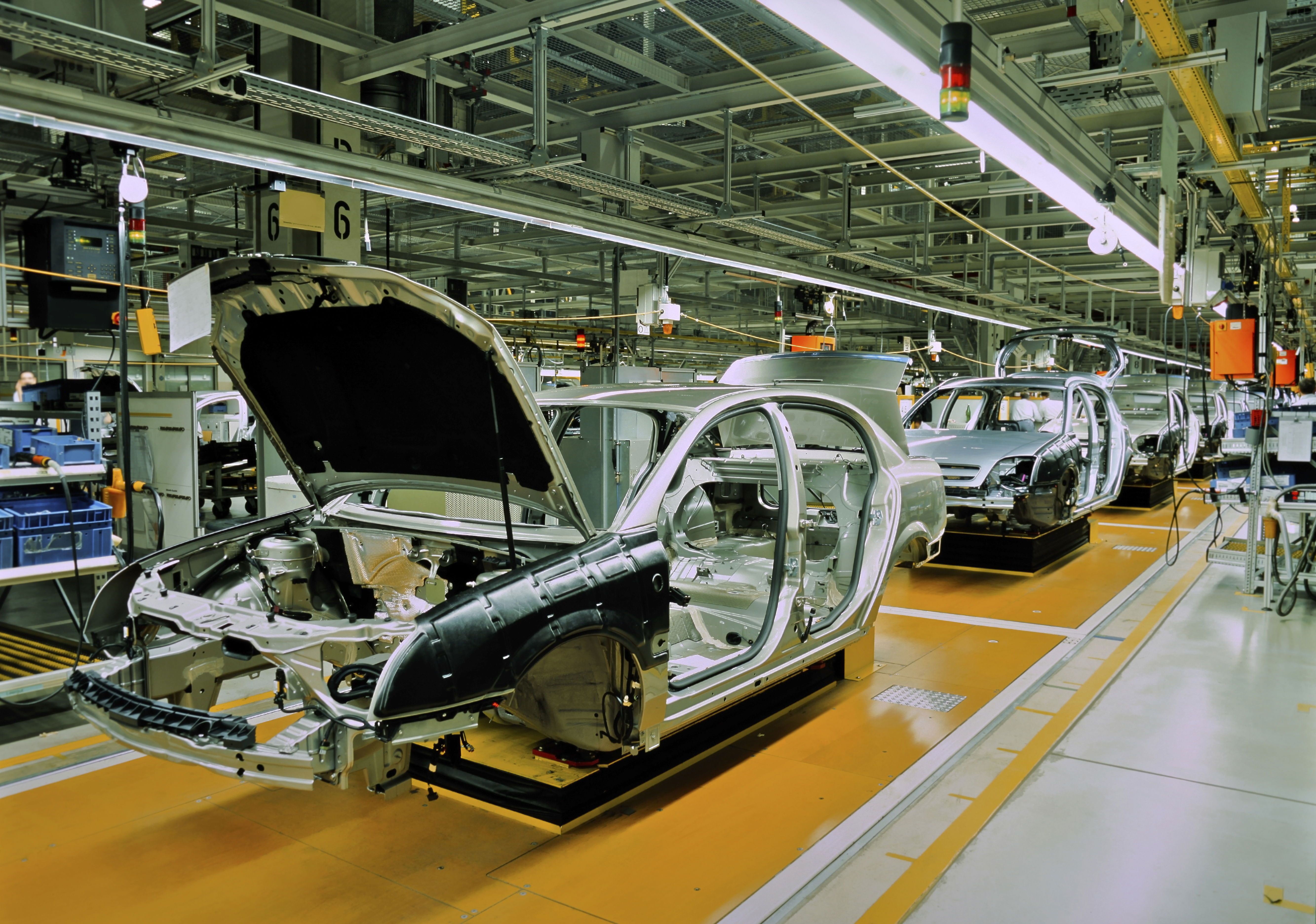When Stellantis Chairman John Elkann publicly denied merger discussions with Renault this week, the carefully worded statement did more than shut down rumors—it ignited fresh speculation. Why would Europe’s second-largest automaker feel compelled to address these whispers now?
And what does this reveal about the deeper pressures facing legacy automakers as they battle Chinese rivals, electrification costs, and an uncertain regulatory landscape? The denial came after unnamed sources suggested exploratory talks between the two automakers, prompting a sharp market reaction.
Stellantis’ stock saw unusual volatility, while Renault shares briefly spiked—indicating investor appetite for consolidation. Yet Elkann’s swift rebuttal raises questions: Were these rumors a trial balloon, a misinterpretation of broader strategic discussions, or a sign of behind-the-scenes tensions?
Industry analysts are divided, but one thing is clear: The European auto industry is at an inflection point, and Stellantis’ move—or lack thereof—could reshape the competitive landscape.
See also:
Tesla’s Robotaxi Fleet Was Never Legal—Or Real
The Timing: A Strategic Pause Or A Permanent No?

The auto sector is no stranger to merger rumors, but the timing of this episode is telling. Renault, still recovering from its post-Nissan restructuring, has struggled to gain traction in the electric vehicle (EV) race.
Meanwhile, Stellantis—formed through the 2021 Fiat Chrysler-PSA merger—has outperformed rivals with strong margins, but faces looming threats from Tesla’s price cuts and China’s BYD and SAIC. If a merger was ever under consideration, why dismiss it outright?
One theory is that Stellantis is playing the long game. Elkann, a seasoned dealmaker, may be waiting for Renault’s valuation to dip further before engaging.
Another possibility is that antitrust concerns made the deal untenable from the start. A combined Stellantis-Renault would control roughly 30% of the European market, almost certainly triggering regulatory pushback. Europe’s automakers are under siege. Chinese brands, buoyed by state subsidies and cheaper production, are gaining share at an alarming rate.
Tesla’s Berlin Gigafactory has disrupted pricing power. And the EU’s 2035 combustion-engine ban forces costly EV transitions. In this environment, mergers aren’t just growth strategies—they’re survival tactics. Renault, in particular, looks vulnerable. Its ambitious EV spinoff, Ampere, has yet to prove itself, and its alliance with Nissan remains fragile.
Renault's Ampere EV spinoff has faced uncertainty, with Nissan initially committing €600 million (approx. $673 million) to the venture but later withdrawing its investment. This shift has raised questions about Ampere's future and Renault's broader EV strategy.
Meanwhile, Renault and Nissan have redefined their partnership, adjusting their cross-shareholdings and restructuring their alliance. While Renault remains a key player in the industry, its relationship with Nissan has evolved, and Ampere's success is still unfolding.
A tie-up with Stellantis could offer scale, shared R&D costs, and stronger defenses against Chinese rivals. But if not Renault, then who? Stellantis has other options—Volkswagen, Ford Europe, or even a Chinese partner like Leapmotor (in which it already holds a stake).
The denial may signal that Elkann sees better opportunities elsewhere. Stellantis acquired a 20% stake in the Chinese EV startup Leapmotor for €1.5 billion (approx. $1.681 billion) in 2023.
The two companies also formed a joint venture called Leapmotor International, with Stellantis holding 51% of the venture. This partnership allows Stellantis to manufacture and sell Leapmotor vehicles outside of China, leveraging its global distribution network.
See also:
The Silent Death Of GM's Combustion Era: What Mary Barra Isn't Saying About ICE's Future
Even Rumors Matter In Regulatory Minefields

The mere suggestion of a Stellantis-Renault merger likely sent shockwaves through Brussels. European regulators have grown increasingly wary of auto monopolies, as seen in their scrutiny of VW’s dominance. A deal of this magnitude would face brutal scrutiny, possibly requiring asset sales or concessions.
European regulators have scrutinized Volkswagen's market influence, particularly in relation to competition and emissions regulations. The European Commission fined Volkswagen and BMW €875 million (approx. $980 million) in 2021 for colluding on technical development in emission cleaning.
Additionally, Volkswagen faced regulatory challenges due to its dominance in the European auto market, especially following the Dieselgate scandal. Yet the fact that rumors surfaced at all suggests some stakeholders—whether investors, bankers, or internal factions—see consolidation as inevitable.
Leaks often serve as pressure tactics, testing public and regulatory sentiment. If the market reacts positively (as it briefly did), it strengthens the case for future talks. If backlash is too severe, companies can retreat under the cover of “no formal discussions.”
The financial markets’ response to the rumors and subsequent denial was revealing. Renault’s stock jumped nearly 5% before settling, while Stellantis saw muted but noticeable movement. This suggests investors still believe in the logic of consolidation, even if the current path is blocked.
Some analysts argue that Stellantis doesn’t need Renault—its strong cash flow and multi-brand strategy give it leverage to wait. Others counter that in an industry racing toward electrification and autonomy, waiting too long could be fatal. If Chinese automakers lock in their European foothold, even a merged Stellantis-Renault might struggle to catch up.
Who Benefits From The Speculation?

Rumors like these rarely emerge randomly. Possible sources include investment bankers pushing for a deal to collect fees, Renault insiders trying to force Stellantis’ hand, activist investors pressuring Renault to seek a buyer, and European policymakers floating trial balloons to gauge reaction.
The lack of attributable sources suggests a strategic leak rather than loose-lipped executives. If so, the goal may have been to accelerate behind-the-scenes talks—or to kill them before they gained momentum.
What’s next?
Stellantis’ denial doesn’t mean the idea is dead forever. Renault’s future as an independent player is far from guaranteed, and if its EV push falters, it could become a forced seller. Meanwhile, Stellantis may pivot toward smaller acquisitions—battery startups, software firms, or Asian partners—to bolster its tech stack without regulatory headaches.
The broader takeaway is that the auto industry is entering an era of hard choices. Scale matters more than ever, but regulators won’t make it easy. Stellantis’ next move—whether a surprise merger, an aggressive solo strategy, or a pivot to new markets—will define not just its future, but the fate of Europe’s auto sector in the age of electrification.
For now, Elkann’s message is “No Renault deal.” But in this high-stakes environment, “no” might just mean “not yet.”